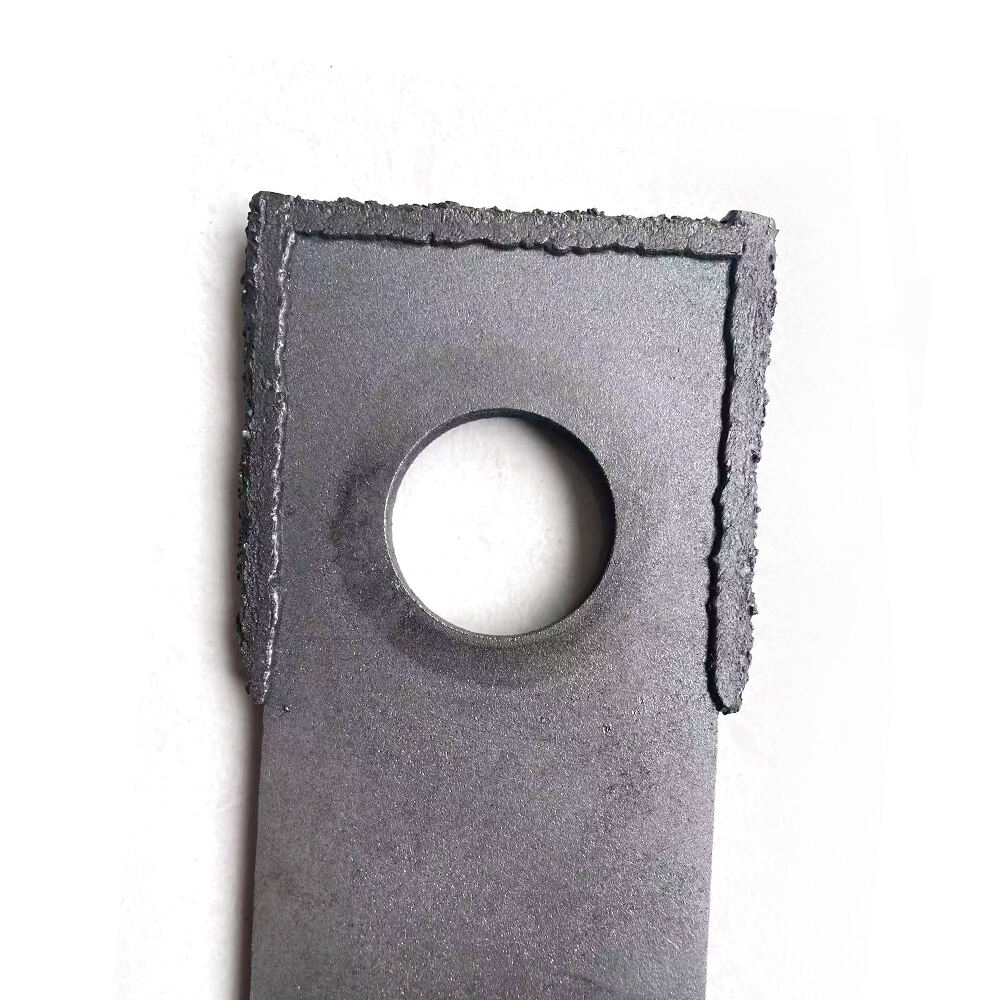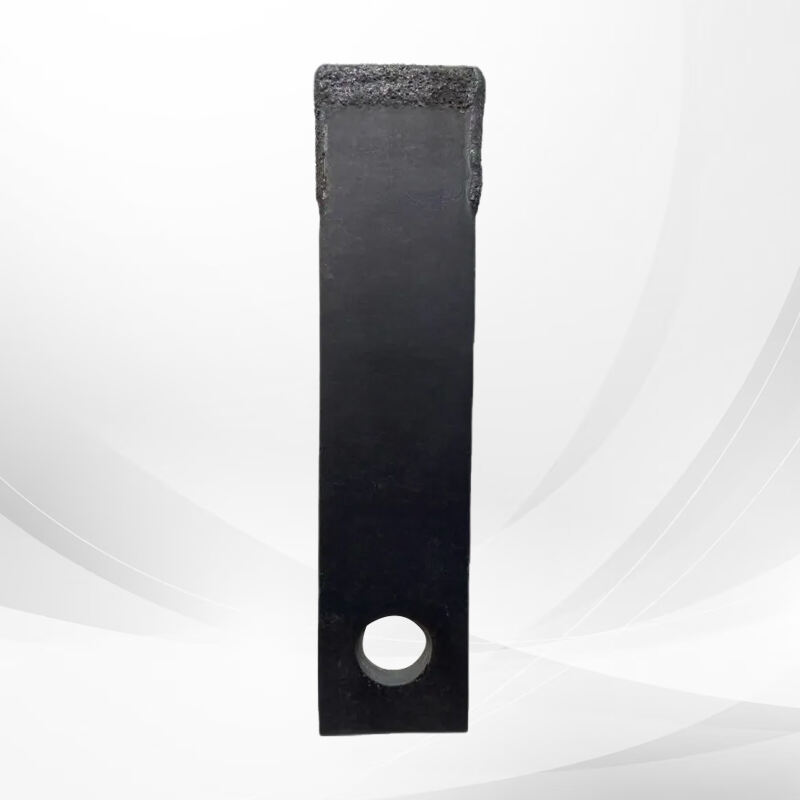Essential Guide to Maintaining Your Hammermill Equipment
Keeping your hammermill operating at peak efficiency requires regular maintenance and timely replacement of worn hammermill parts. Whether you're managing a feed mill, recycling facility, or biomass processing plant, understanding the proper care and replacement of critical components ensures optimal performance and minimizes costly downtime. This comprehensive guide will walk you through everything you need to know about identifying, selecting, and replacing worn hammermill parts.
The efficiency of your grinding operations depends heavily on the condition of your equipment's components. When hammermill parts begin to wear, you'll notice decreased throughput, inconsistent particle size, increased energy consumption, and potentially even damage to other machine components. By following this guide, you'll learn how to maintain your equipment properly and extend its operational life.
Understanding Critical Hammermill Components
Primary Wear Components
The most frequently replaced hammermill parts include hammers, screens, and rotor assemblies. These components bear the brunt of the grinding action and require regular inspection. Hammers, in particular, experience significant wear as they repeatedly impact the material being processed. The screens, which determine the final particle size, can develop worn areas or holes that affect product consistency. The rotor assembly, including shaft and bearings, ensures proper hammer movement and must be maintained for safe operation.
Understanding the function of each component helps in recognizing when replacement is necessary. For instance, worn hammers may develop rounded edges or become thinner, while screens might show enlarged openings or stress cracks. Regular inspection of these hammermill parts allows for planned maintenance rather than emergency repairs.
Secondary Components and Support Systems
Beyond the primary wear items, several other hammermill parts require attention. These include bearing assemblies, drive belts, seals, and safety devices. The bearing assembly supports the rotor and must be properly lubricated and aligned. Drive belts transfer power from the motor to the rotor and need regular tension checks. Seals prevent dust and material escape while maintaining proper airflow through the system.
Monitoring these secondary components is crucial for maintaining system integrity. A failing bearing can lead to catastrophic rotor damage, while worn seals might cause material leakage or compromise grinding efficiency. Regular inspection and maintenance of these hammermill parts prevent cascading equipment failures.

Identifying Signs of Wear and Degradation
Visual Inspection Techniques
Regular visual inspections help identify worn hammermill parts before they fail completely. Look for obvious signs of wear such as rounded hammer edges, cracked or distorted screens, and unusual wear patterns on the rotor assembly. Document wear patterns and rates to establish replacement intervals specific to your operation. Use inspection mirrors and lights to check hard-to-reach areas, and consider using borescopes for internal components.
Create a systematic inspection checklist that covers all critical hammermill parts. Include measurements of key wear points and compare them to manufacturer specifications. Photographs of wear patterns can help track degradation over time and train maintenance personnel on what to look for during inspections.
Performance Monitoring Indicators
Beyond visual cues, monitor operational parameters that indicate wear. These include power consumption, throughput rates, particle size consistency, and unusual noise or vibration. Increasing power usage often indicates worn hammermill parts creating additional friction or requiring more energy to process material. Decreased throughput or inconsistent particle size usually points to worn screens or hammers.
Keep detailed records of these performance indicators to establish trends and predict when replacement will be necessary. This data-driven approach helps optimize maintenance schedules and reduce unexpected downtime. Modern monitoring systems can provide real-time data on equipment performance, making it easier to identify potential issues early.
Replacement Procedures and Best Practices
Preparation and Safety Measures
Before beginning any replacement of hammermill parts, ensure proper lockout/tagout procedures are followed. Gather all necessary tools and replacement parts before starting work. Verify that replacement components meet original equipment specifications and are appropriate for your application. Clean the work area and ensure adequate lighting and access to the components being replaced.
Personal protective equipment is essential when working with hammermill parts. This includes safety glasses, heavy-duty gloves, steel-toed boots, and hearing protection if operating nearby equipment cannot be shut down. Have a safety observer present when performing maintenance inside the hammermill chamber.
Installation and Quality Control
Follow manufacturer guidelines for installation of new hammermill parts. Pay particular attention to torque specifications for fasteners and proper alignment of components. When replacing hammers, ensure even weight distribution around the rotor to maintain balance. Screen installation requires proper tensioning to prevent warping or premature failure.
After installation, perform quality checks before returning the equipment to service. This includes manual rotation of the rotor to check clearances, verification of all fasteners, and inspection of safety devices. Document all replacements and maintenance activities for future reference.
Maximizing Component Lifespan
Operational Best Practices
Extend the life of your hammermill parts through proper operation. Maintain consistent feed rates and avoid overloading the machine. Ensure incoming material is free from tramp metal and other contaminants that can cause premature wear or damage. Regular cleaning and inspection help identify potential issues before they become serious problems.
Train operators on proper startup and shutdown procedures to minimize stress on components. Implement standard operating procedures that include regular cleaning schedules and basic maintenance tasks operators can perform during their shifts.
Preventive Maintenance Strategies
Develop a comprehensive preventive maintenance program for all hammermill parts. Include regular lubrication schedules, bearing temperature monitoring, and vibration analysis where appropriate. Maintain an inventory of commonly replaced parts to minimize downtime when replacement is needed. Consider implementing predictive maintenance technologies to better forecast component life.
Schedule major maintenance activities during planned downtime periods. This allows for thorough inspection and replacement of multiple components if necessary. Keep detailed maintenance records to track component life and identify patterns that might indicate underlying issues.
Frequently Asked Questions
How often should hammermill parts be replaced?
Replacement intervals vary depending on the material being processed, operating conditions, and equipment usage. Hammers typically need replacement every 3-6 months, while screens may last 6-12 months. Regular inspections and monitoring of performance indicators help determine optimal replacement timing for your specific operation.
What causes premature wear in hammermill components?
Several factors can accelerate wear, including processing abrasive materials, operating at excessive speeds, improper maintenance, and contamination in feed materials. Maintaining proper clearances, following manufacturer guidelines, and ensuring clean input material helps minimize premature wear.
How can I ensure I'm selecting the right replacement parts?
Work with reliable suppliers who provide hammermill parts meeting OEM specifications. Consider your specific application requirements, including material characteristics and production demands. Keep detailed records of part performance to inform future purchasing decisions and maintain quality standards.
